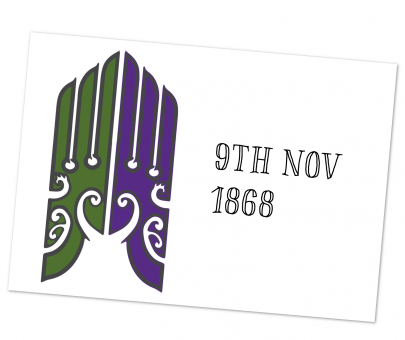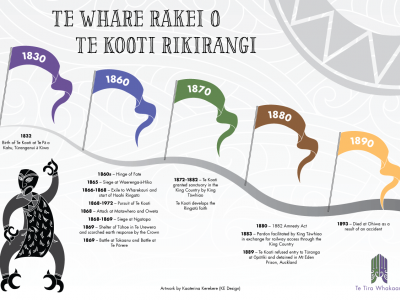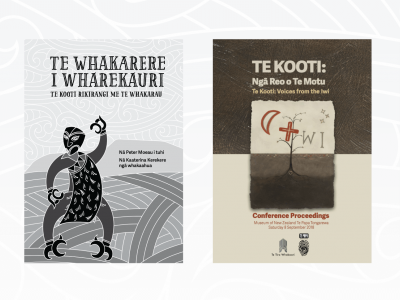Utu at Matawhero
Share this page: Facebook LinkedIn Pinterest Twitter

On the evening of 9th November 1868, Te Kooti Rikirangi and an estimated party of one hundred men crept into Matawhero under the cover of night.
Te Kooti was about to exact Utu (an ancient form of Māori justice which is invoked when one party is wronged by another) at Matawhero on those individuals and their families who had contributed to and supported his wrongful arrest and unjust exile to Wharekauri. While he was detained on Wharekauri all his trading and business interests were lost, and land that he had a rightful interest in was confiscated therefore rendering him landless.
Upon his return from Wharekauri, Te Kooti sent notice that he returned in peace and requested safe passage to Tauranga near Taupo. However when he was met with resistance he made his way to Tūranga. Upon his arrival to the outskirts of Tūranga, Te Kooti called a meeting with the local Tūranga chiefs and informed them of his intent to attack the settlers and seek utu. Many if not all were aware of what had happened to both him and the victims of the Waerenga a Hika attack. Before the attack was launched, Te Kooti identified each person that was to be either captured or killed. He then sent word into Tūranga and forewarned both the local Māori and Pākehā that he was about to attack.
He then attacked on the 9th of November and by the morning of the 10th of November houses and newly established shops were burnt to the ground and approximately sixty people of both Māori and Pākehā descent were killed. For many decades, this event was made known as the Massacre at Matawhero however recent research into these events has revealed that this was not a massacre, rather it was a carefully planned act of revenge, partly for the Colonial attack on Waerenga a Hika. Matawhero however will be remembered as a dark chapter in the conflicts and land wars that permeated Aotearoa New Zealand’s history.




